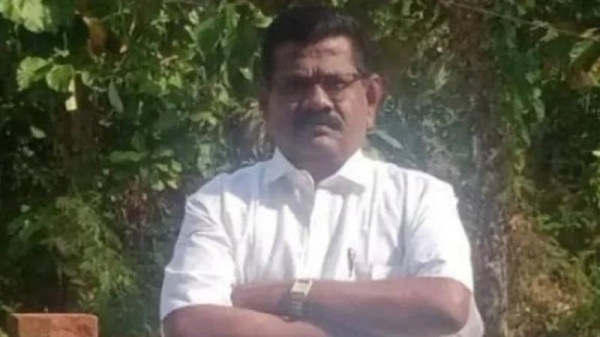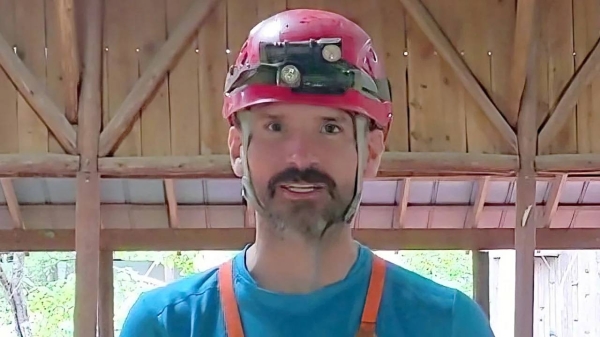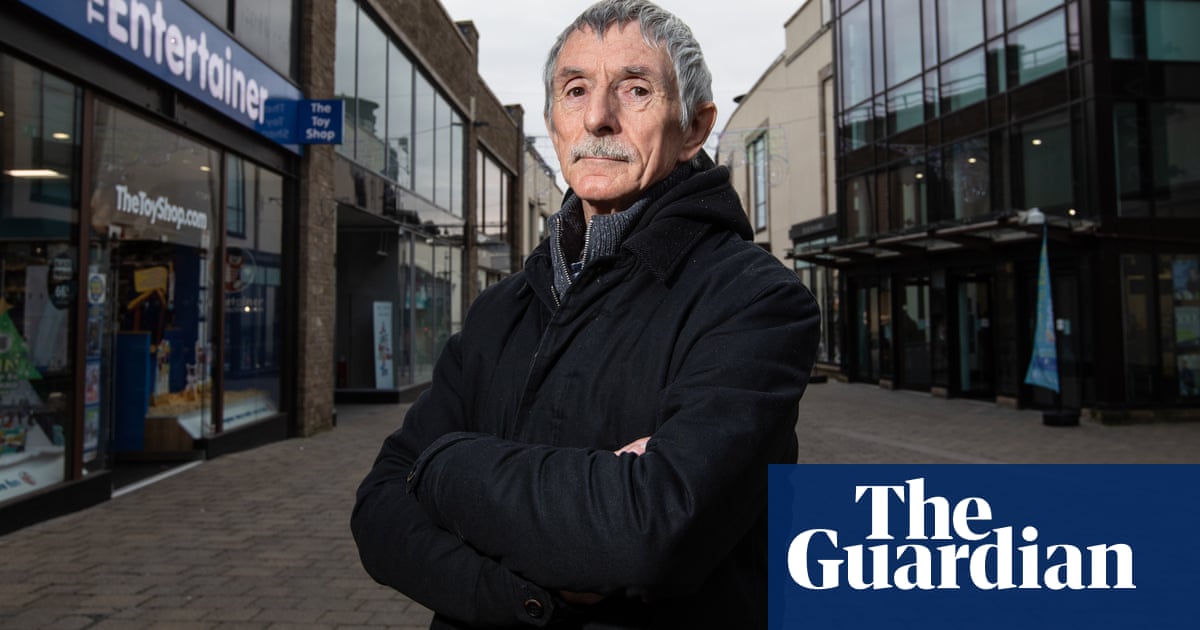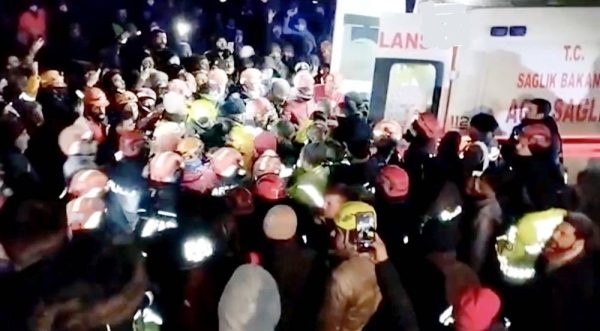
A man who spent 54 hours trapped in a Welsh cave and thought he was going to die has joined the rescue team that saved his life, in the hope that he might do the same for others.
It took about 300 volunteers from across the country to rescue George Linnane, who broke his arm, ribs and jaw after a fall at Ogof Ffynnon Ddu cave system, in the Brecon Beacons, in November.
The 54-hour-long operation was the longest cave rescue mission in Welsh history, and the 38-year-old told the BBC he felt “lucky to be alive”. His ordeal had not put him off caving in the slightest, though. The engineer, from Bristol, said the sport was part of who he is and he was keen to get back underground as soon as possible.
He has now signed up to volunteer for the South and Mid Wales Cave Rescue Team, who coordinated the operation to save him, “so I can help the next poor soul who finds themselves in that situation”.
Reliving his ordeal, Linnane described how he set out on the morning of 6 November with a small group for what was supposed to be a six-hour excursion into the deep cave system near Penwyllt.
But the experienced caver fell and when he awoke he could not move. As well as his broken ribs, jaw and arm, he suffered a dislocated clavicle, lacerated spleen, collapsed lung and a broken scaphoid in his wrist. “I was just screaming and screaming in pain at that point. It was nasty,” he said.
While one friend went to raise the alarm, another stayed and spoke to him for hours to keep him awake. “I kept flipping between two states – there was: ‘I’m going to fight this and survive’, which became: ‘I really don’t care’,” he said. “It was when those first advanced first-aiders turned up, from that point onwards, I always felt like I had a chance. But initially, I wasn’t sure I was going to make it.”
Rescue volunteers came to his aid from all over the country and Linnane said he remembered seeing familiar faces from the Forest of Dean, Mendips and Yorkshire. They descended into the 43.5-mile underground network to pull Linnane through the narrower passages to get him to a larger area where he could be put in a tent to keep him warm. Strapped to a stretcher, he was pulled out of the cave with rescuers forming a line and passing him along. The process took more than two days, with the operation having to pause regularly to treat the injured man or change teams.
The caver said he had an “overwhelming sense of relief” when they finally got to the exit. He emerged in the dark of the third night, with hundreds of cavers on the site and members of the press, and he was rushed down the hill to a waiting ambulance which took him to hospital.
Now, he says he is thankful for the “tight-knit bond between cavers” and wants to give back by becoming a rescuer himself, saying it is the “right thing to do”. “Caving is a very safe sport, generally speaking, for people that know what they’re doing. It’s as safe as crossing a road,” he said. “But things do happen occasionally. And when they do, there is only one team of people, one type of person that is going to get you out of there.
He added: “I’m a caver and I’m a diver. It’s what I do and what makes me happy. And I know that whilst something bad did happen to me, the chance of it happening again is very, very low.”












